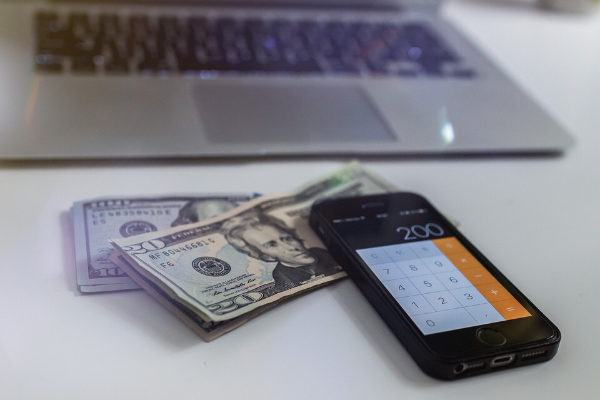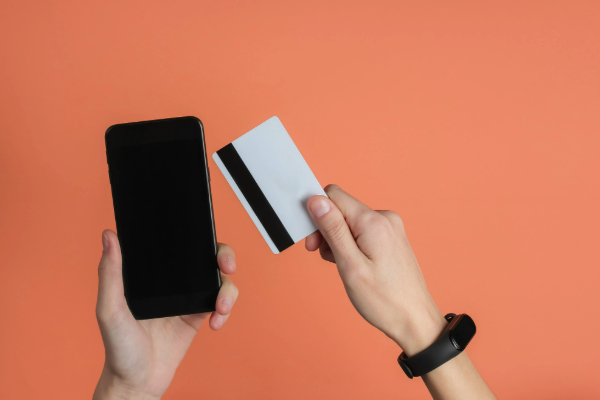Insights
INSIGHTS
All Topics
My Account
How to use digital to attract regular donors
12 May 2020by Joe Lepper
Digital wallets, innovative campaigning and good online communication with donors are proving vital to turning one-off donations into long-term giving relationships.
Since March, a number of charity campaigns have excelled at attracting one-off donations to support communities affected by COVID-19.
Arguably the most high profile of these has been 99-year old war veteran Captain Tom Moore’s sponsored walk, which to date has raised more than £32m for NHS Charities Together.
Savvy use of digital, including communicating with supporters and offering accessible giving options can help ensure such fundraising successes can be turned into regular donations.
This is a challenge amid COVID-19, with more people cancelling their regular direct debit payments to charities due to financial uncertainty.
According to figures released this month by The Access Group’s Rapidata, between February and March the proportion of cancelled direct debits rose from 2.16 per cent to 3.09 per cent. This was the biggest swing at this time of year since Rapidata started collecting these statistics in 2003.
Retaining regular donors
But evidence is emerging that charities are getting better at retaining regular donors and attracting new ones.
Rapidata’s figures show that the rate of direct debit cancellations had fallen to 2.04 per cent by April, which is actually lower than the same month in 2019, when the rate was 2.13 per cent.
“It is with some relief we are able to report that the charity direct debit cancellation rate has swung back to its usual trend line and that the significant jump recorded in March does appear to have been a direct response to the COVID-19 situation,” said Scott Gray, Rapidata lead and head of payments for The Access Group.
Staging innovative and eye-catching online campaigns has been key to attracting regular giving, suggests Daniel Fluskey, the Institute of Fundraising’s Head of Policy & External Affairs.
“Over the last month or so we’ve seen fantastic one-off giving to fundraising appeals”, he says, citing virtual London Marathon alternative the 2.6 Challenge among recent examples.
He adds: “Over the coming months, we hope to see the number of new direct debits rise as charities adapt their fundraising activities and coronavirus recovery begins to take hold."
Flexibility
Bart Leonard, trustee of text, web and contactless platform DONATE says offering flexible digital payment options is another successful way of turning one-off payments into regular giving.
"Regular donations are of immeasurable value to charities since they provide not only increased income but visible long-term income against which future activity can be planned.
He adds that via DONATE text donors can turn one-off donations into regular giving by simply entering a secure five digit PIN
“For a sample organisation with 553 text donations between 1st January and 11th May 2020, 75 were recurring or 13.5 per cent," he says.
Ensuring a recurring donation option has a high profile when asking for donations online is a simple but effective way of doing this. An example is Canterbury Food Bank, which has raised more than £9,000 through online and text donations as well as promotion through social media.
Promoting flexible payment options and how donor can alter how much they give according to their needs, is vital, adds Gray.
“We’ve seen charities being more pro-active in their regular supporter communications, thanking donors and offering greater flexibility in their regular direct debit donations – be it reducing the amount or taking a payment holiday,” he says.
Digital wallet options
Offering a range of giving options through digital wallets, such as via PayPal and Apple Pay, is also key to turning one-off donations into regular giving.
A report by marketing agency WPNC in April found that regular donors were already turning to digital wallet options before the COVID-19 pandemic. And their use by the public is set to rise when the lockdown ends, adds the report.
This found that where digital wallet options are included alongside direct debit as regular giving options, the average take up is 29 per cent.
One charity looked at for the report saw 83 per cent of its regular donors using digital wallets.
This is a trend that is set to continue after lockdown according to WPNC, which says COVID-19 has given the public a “refreshed view on how technology and everyday life come together”.
Among charities to see an increase in donations by boosting digital wallet options available for donors over the last year is the NSPCC.
Fundraising advice
A range of advice and tools have been made available to support charities use digital to improve their fundraising operation.
This includes a free digital fundraising handbook for smaller charities, produced by Matt Howarth, tech for good expert and co-founder of Reason Digital.
Earlier this month, Charity Digital looked at how charities are successfully embracing digital fundraising amid COVID-19. This includes using powerful on-trend messaging to drive viral digital fundraising.
Meanwhile, Blackbaud Europe has created a number of free online resources to help charities navigate a switch from in-person fundraising to virtual campaigning.
As the public adjusts to COVID-19 lockdown their willingness to give is increasing and there are clearly plenty of opportunities for digitally aware charities to nurture long-term relationships with their donors.
More on this topic
Recommended Products
21 Feb 2025by Ioan Marc Jones
How charities stopped centring service users
20 Feb 2025by Laura Stanley
The simplest way to collect contactless donationsSponsored Article
Our Events
Charity Digital Academy
Our courses aim, in just three hours, to enhance soft skills and hard skills, boost your knowledge of finance and artificial intelligence, and supercharge your digital capabilities. Check out some of the incredible options by clicking here.


















